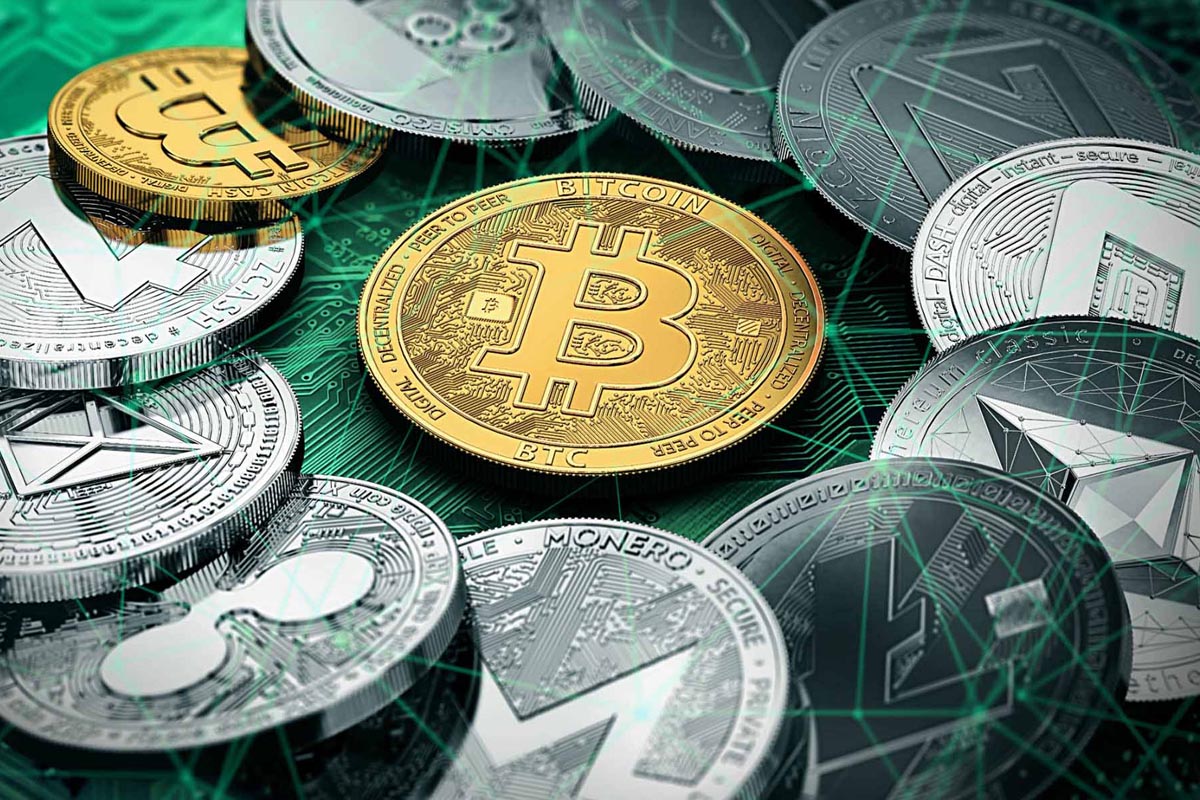How To Create A Cryptocurrency: Everything To Get You Started
How To Create A Cryptocurrency: Everything To Get You Started

Bitcoin introduced the world to cryptocurrency in 2008, laying the foundation for decentralised digital finance. While it remains the most well-known and widely used cryptocurrency, thousands of alternative digital currencies, known as altcoins, have emerged. These cryptocurrencies apply blockchain technology to various sectors, each with its unique features and use cases.
Altcoins play a crucial role in the broader cryptocurrency ecosystem by introducing innovations, improving blockchain scalability, and offering diverse financial applications.
An altcoin is any cryptocurrency other than Bitcoin. The term stands for “alternative coin” and includes digital currencies designed for different use cases, from fast transactions and smart contracts to privacy-focused payments and decentralised applications (dApps).
Altcoins can either be entirely new digital currency projects or forks of existing blockchain networks. They often introduce different monetary policies, consensus mechanisms, or additional functionalities. Some altcoins tweak Bitcoin’s fundamental design to improve transaction speeds, energy efficiency, or decentralisation. Others expand blockchain’s potential beyond financial transactions, supporting tokenised assets, decentralised finance (DeFi), and non-fungible tokens (NFTs).
Ethereum (ETH) – The second-largest cryptocurrency, Ethereum is not just a currency but a development platform for smart contracts and dApps. Ethereum’s blockchain allows developers to build decentralised applications that operate without intermediaries.
Litecoin (LTC) – Created by former Google engineer Charlie Lee, Litecoin is often considered Bitcoin’s lighter and faster counterpart. With faster transaction speeds and lower fees, it is more practical for day-to-day transactions.
Cardano (ADA) – A blockchain designed for scalability and sustainability, Cardano prioritises academic research and peer-reviewed development to create a more secure and efficient blockchain ecosystem.
Solana (SOL) – Known for its high-speed transactions and low fees, Solana has gained popularity for DeFi applications, NFTs, and gaming platforms.
Monero (XMR) – A privacy-focused altcoin, Monero offers untraceable transactions by hiding sender and receiver details, making it popular among users who prioritise financial privacy.
Ripple (XRP) – Designed for banking and cross-border transactions, Ripple aims to facilitate fast and low-cost international payments between financial institutions.
Polkadot (DOT) – A multi-chain network that connects different blockchains, allowing them to communicate and share information securely.
Altcoins are introduced into the market in several ways, but the two most common methods are forks and Initial Coin Offerings (ICOs).
A fork occurs when developers create a duplicate version of an existing blockchain with modifications. Forks can either be:
Examples of well-known forks:
An Initial Coin Offering (ICO) is a crowdfunding method used to launch new cryptocurrencies or blockchain projects. Similar to an Initial Public Offering (IPO) in traditional finance, an ICO allows investors to purchase newly issued tokens before they hit the public market.
Unlike IPOs, which require regulatory approvals and extensive documentation, ICOs often rely on a whitepaper outlining the project’s vision, technical details, and tokenomics. Since ICOs remain largely unregulated, they carry a high risk of scams or project failures.
Like Bitcoin, the value of an altcoin is determined by several factors:
Altcoins that solve real-world problems and offer unique features tend to attract strong market demand. Cryptocurrencies used in DeFi, gaming, and NFTs have seen explosive growth due to their real-world applications.
The size and engagement of an altcoin’s community play a crucial role in its success. Coins with active developer support, institutional interest, and widespread adoption often hold long-term value.
The total supply, distribution, and inflation rate of an altcoin affects its price. Coins with a limited supply (e.g., Bitcoin, Litecoin) tend to hold value better than those with unlimited minting capabilities.
New blockchain features, scalability solutions, and security improvements influence an altcoin’s long-term viability. Projects with strong development teams and clear roadmaps often gain investor confidence.
Government regulations can impact an altcoin’s price. Countries that support crypto innovation (such as Switzerland and the UAE) boost investor confidence, while bans or restrictions can lead to market declines.
Investing in altcoins can be highly rewarding but also comes with risks. Unlike Bitcoin, which has established itself as a store of value, many altcoins remain experimental and volatile.
Altcoins will continue to play a critical role in shaping decentralised finance, Web3 applications, and cross-border payments. Ethereum’s shift to Proof-of-Stake (PoS), Layer 2 scaling solutions, and interoperability protocols will likely set the stage for the next wave of altcoin innovation.
Altcoins offer diverse investment opportunities beyond Bitcoin, but choosing the right projects requires thorough research, risk management, and long-term vision.
For those exploring altcoins in 2025, the key takeaway is to invest wisely, follow blockchain developments, and stay informed about the rapidly evolving crypto market.
How To Create A Cryptocurrency: Everything To Get You Started
How To Recover Stolen Cryptocurrency | Coin Insider
How Is A Cryptocurrency Exchange Different From A Crypto Wallet
What Is The Main Risk Associated With A Cryptocurrency Hot Wallet?